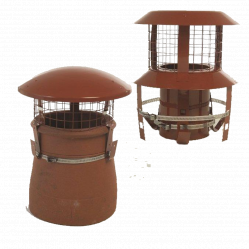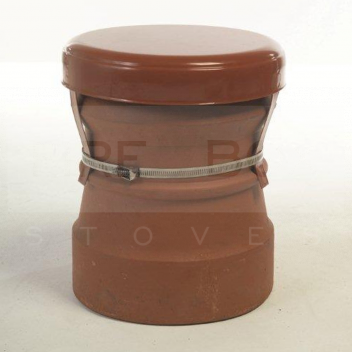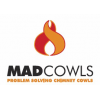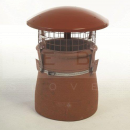Technical Details
| Product Title | MAD Chimney Capper, Terracotta (For Capping Unused Chimneys) |
|---|---|
| Product Keyword | chimney capper, MAD ventilator, unused chimney cap, terracotta capping, flue topper |
| Colour | Terracotta |
| Application | Pot |
Product Description
MAD Chimney Capper - Terracotta
The MAD Chimney Capper is designed to effectively cap off unused chimneys, protecting them from rain, debris, and nesting birds. Crafted from high-quality materials in a classic terracotta color, this chimney capper blends seamlessly with traditional rooftops while providing essential functionality.
- Material: Durable terracotta for long-lasting performance
- Application: Suitable for capping unused chimneys to prevent ingress of rain and debris
- Wildlife Protection: Helps deter birds and other animals from nesting
- Compatibility: Fits most standard chimney pots with an external diameter of 200mm to 250mm
- Easy Installation: Simple to install without the need for special tools
- Ventilation: Designed to allow for continued air flow, preventing dampness and condensation build-up
- Secure Fit: Comes with a strap fixing kit to ensure a secure and stable attachment
- Aesthetics: Traditional terracotta color complements a variety of roof styles
- Maintenance: Low maintenance solution for decommissioned chimneys
- Weather Resistant: Built to withstand extreme weather conditions, ensuring year-round protection
Reviews
Flue & Chimney > Chimney Cowls & Flue Terminals

Chimney Cowls and Flue Terminals
One of the most important components of the install is the chimney cowl and/or flue terminal. It marks the termination point of the flue system and provides a safe point from which gases and particulates are released into the atmosphere. Cowls and terminals also provide protection from the elements- wind and rain and some come with fitted mesh to prevent birds from entering the chimney system. Our range of cowls and terminals come from highly reputable and experienced manufacturers, such as Schiedel for ICID twin wall systems, Selkirk for both twin wall and single skin flue systems and MAD cowls from JD Burford for single skin systems. We stock a very wide range of cowls and flue terminals, for gas, oil and solid fuel appliances, so if you are experiencing a specific problem with your flue system, come and talk to us and we can help you find the best solution for the problem.





